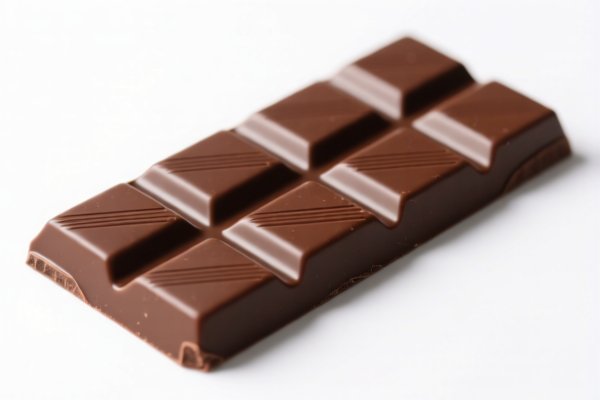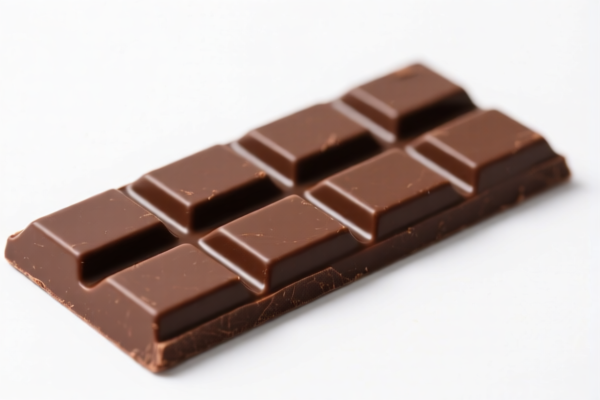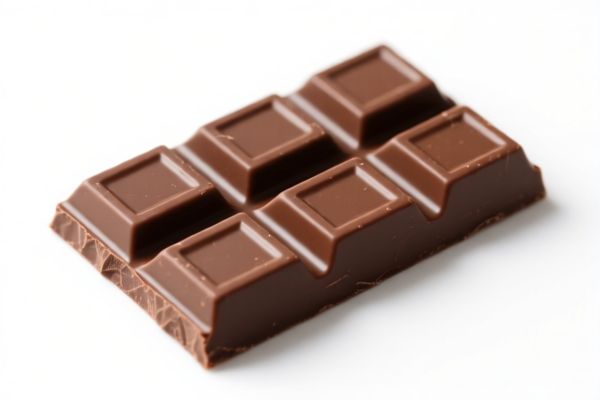| HS Code | Official Doc | Tariff Rate | Origin | Destination | Effective Date |
|---|---|---|---|---|---|
| 7615107125 | Doc | 58.1% | CN | US | 2025-05-12 |
| 7615107130 | Doc | 58.1% | CN | US | 2025-05-12 |
| 7616995160 | Doc | 57.5% | CN | US | 2025-05-12 |
| 7616995190 | Doc | 82.5% | CN | US | 2025-05-12 |
| 8113000000 | Doc | 58.7% | CN | US | 2025-05-12 |
| 3923300010 | Doc | 58.0% | CN | US | 2025-05-12 |
| 3923500000 | Doc | 60.3% | CN | US | 2025-05-12 |
| 3924104000 | Doc | 33.4% | CN | US | 2025-05-12 |
| 3924102000 | Doc | 44.0% | CN | US | 2025-05-12 |
| 9503000090 | Doc | 30.0% | CN | US | 2025-05-12 |
| 9505906000 | Doc | 30.0% | CN | US | 2025-05-12 |
| 9505902000 | Doc | 30.0% | CN | US | 2025-05-12 |
| 7326908688 | Doc | 82.9% | CN | US | 2025-05-12 |
| 7326908688 | Doc | 82.9% | CN | US | 2025-05-12 |
| 7323997000 | Doc | 60.3% | CN | US | 2025-05-12 |
| 7323999030 | Doc | 83.4% | CN | US | 2025-05-12 |
| 9601908000 | Doc | 41.2% | CN | US | 2025-05-12 |
| 9601902000 | Doc | 37.5% | CN | US | 2025-05-12 |
| 9602004000 | Doc | 39.3% | CN | US | 2025-05-12 |
| 9602005080 | Doc | 40.2% | CN | US | 2025-05-12 |
| 3503005550 | Doc | 2.8¢/kg + 3.8%+37.5% | CN | US | 2025-05-12 |
| 3503001000 | Doc | 1.2¢/kg + 1.5%+37.5% | CN | US | 2025-05-12 |




Chocolate Molds
Chocolate molds are tools used to create shaped chocolates. They are typically made from a rigid or semi-rigid material and feature cavities in desired forms.
Material
- Polycarbonate: The most common material for professional chocolate work. It is durable, provides a high gloss finish, and releases chocolate cleanly. Offers good temperature resistance.
- Plastic (Polypropylene): Less expensive than polycarbonate, suitable for hobbyists and simpler shapes. May not provide as high a gloss or as sharp a detail. Less temperature resistant.
- Silicone: Flexible molds, easy to release chocolates from, and good for intricate designs. Can be less rigid, requiring placement on a tray for support. Temperature resistant.
- Metal: Traditionally used, often stainless steel. Requires significant skill and tempering knowledge to release chocolates successfully. Provides a very high gloss finish when polished.
Purpose
The primary purpose of chocolate molds is to give chocolate a specific shape, beyond simple bars or drops. They enable the creation of complex designs, figures, and forms.
Function
Chocolate molds function by allowing liquid chocolate to be poured into their cavities. Once the chocolate solidifies (through cooling and/or controlled temperature), the mold is inverted to release the formed chocolate. Proper tempering of the chocolate is crucial for clean release and a glossy finish.
Usage Scenarios
- Confectionery Production: Commercial chocolate manufacturers use molds to mass-produce chocolates.
- Chocolatiers & Patisseries: Artisanal chocolate makers create unique, high-quality chocolates.
- Home Baking & Chocolate Making: Hobbyists and enthusiasts use molds for personal enjoyment or gifting.
- Holiday & Seasonal Creations: Molds are frequently used to produce themed chocolates for events like Easter, Christmas, or Valentine's Day.
Common Types
- Geometric Shapes: Squares, rectangles, circles, triangles.
- Novelty Shapes: Animals, flowers, hearts, stars, letters, numbers.
- Character Molds: Based on popular cartoon or movie characters.
- Hollow Chocolate Forms: Designed for creating shells, often filled with ganache, caramel, or other fillings.
- Praline Molds: Specifically designed for creating filled chocolates (pralines). Often feature multiple cavities.
- Transfer Sheets Molds: Use a sheet with a pattern to create designs on the chocolate surface.
- 3D Molds: Complex molds creating fully sculpted chocolate pieces.
Chocolate molds fall under several potential classifications based on their material composition. Here's a breakdown of relevant HS codes based on the provided reference material:
- 9601908000: Worked ivory, bone, tortoise-shell, horn, antlers, coral, mother-of-pearl and other animal carving material, and articles of these materials (including articles obtained by molding): Other: Other. This code applies if the molds are made from any of these animal-derived materials.
- 9602005080: Worked vegetable or mineral carving material and articles of these materials; molded or carved articles of wax, of stearin, of natural gums or natural resins, of modeling pastes, and other molded or carved articles, not elsewhere specified or included; worked, unhardened gelatin (except gelatin of heading 3503) and articles of unhardened gelatin: Other Other. This code is applicable if the molds are made from vegetable or mineral carving materials.
- 7326908688: Other articles of iron or steel: Other: Other: Other Other. This code applies if the molds are made of iron or steel. The total tax rate is 82.9%. It's important to note the need to verify steel or aluminum material and may require certification.
- 3924104000: Tableware, kitchenware, other household articles and hygienic or toilet articles, of plastics: Tableware and kitchenware: Other. This code is relevant if the molds are made of plastic. The total tax rate is 33.4%.
- 9602004000: Worked vegetable or mineral carving material and articles of these materials; molded or carved articles of wax, of stearin, of natural gums or natural resins, of modeling pastes, and other molded or carved articles, not elsewhere specified or included; worked, unhardened gelatin (except gelatin of heading 3503) and articles of unhardened gelatin: Molded or carved articles of wax. This code applies if the molds are made of wax.
Regarding HS code 7326908688, please note the need to verify steel or aluminum material and may require certification.
Customer Reviews
No reviews yet.